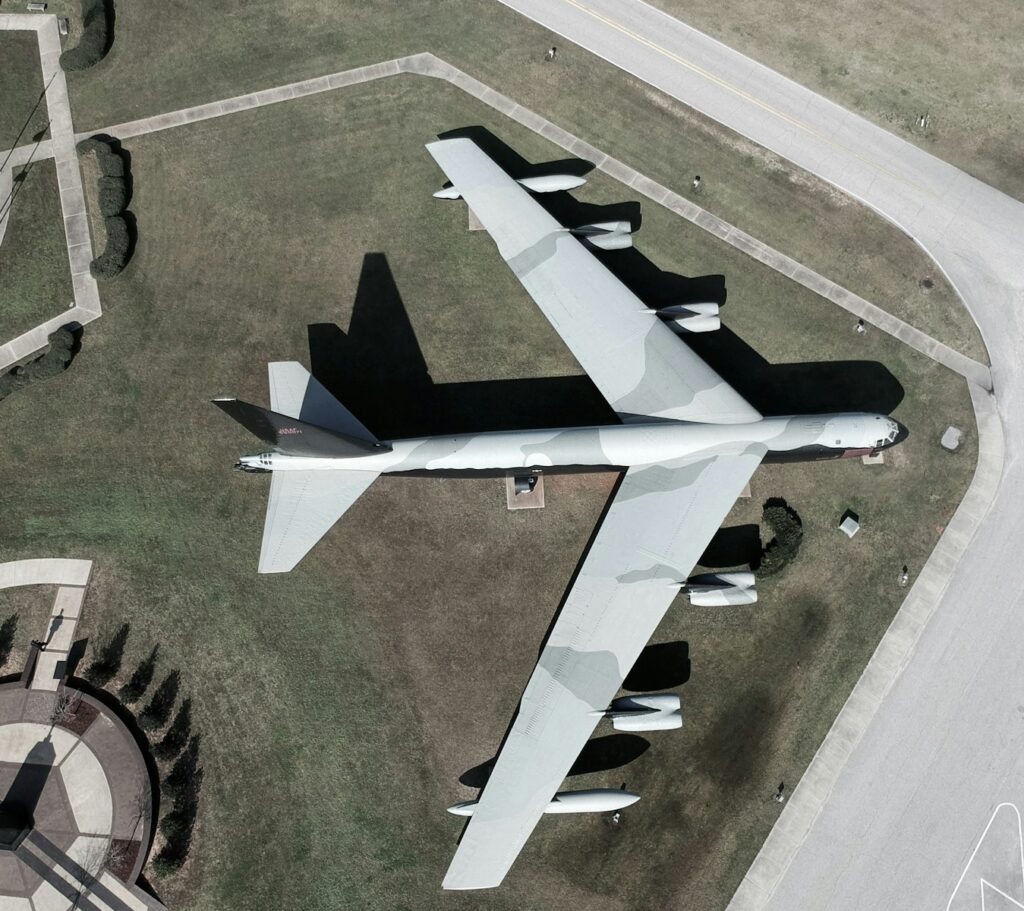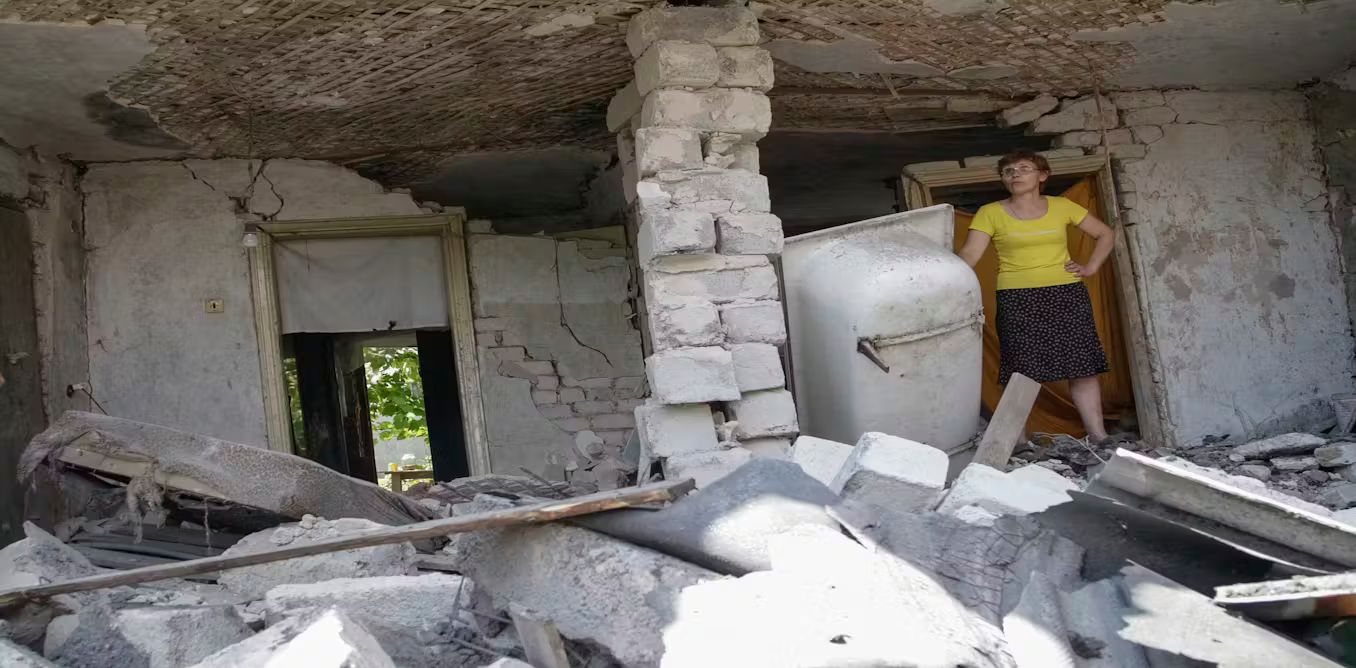
The ongoing conflict in Ukraine, now in its fourth year following Russia’s large-scale invasion in February 2022, has starkly underscored the pivotal role of unmanned aerial systems, commonly known as drones. These inexpensive, often lightweight flying platforms, constructed from readily available commercial components, have become instruments of profound consequence. They inflict both physical harm and psychological distress on combatants and, particularly, on civilians in Ukrainian urban centers. The strategic importance of these versatile technologies quickly became evident to both Kyiv and Moscow, prompting each to embark on ambitious national endeavors to bolster domestic production and foster innovation, essential for countering the adversary’s evolving countermeasures.
Against this backdrop, the Russian government has meticulously engineered a wide-reaching, multi-tiered strategy aimed at accelerating its indigenous drone development and manufacturing capabilities. The ultimate objective is clear: to establish Russia as a preeminent global leader in the field of unmanned systems. This comprehensive national initiative is characterized by substantial federal and state financial investments, the nurturing of thousands of startup companies, and even the systematic integration of drone technology training into the educational curriculum for schoolchildren across the country.
What distinguishes Russia’s approach, particularly within its heavily state-involved arms economy, is the pronounced emphasis on empowering startups and small enterprises nationwide. This unique facet of the strategy highlights a concerted effort to decentralize and diversify the production base, integrating a broader spectrum of the national economy into its ambitious technological drive. As we delve deeper, we will explore the intricate layers of this burgeoning drone empire, from its financial foundations and corporate architecture to its educational outreach and strategic geographical dispersal, revealing how Russia is methodically building a formidable force in unmanned warfare.
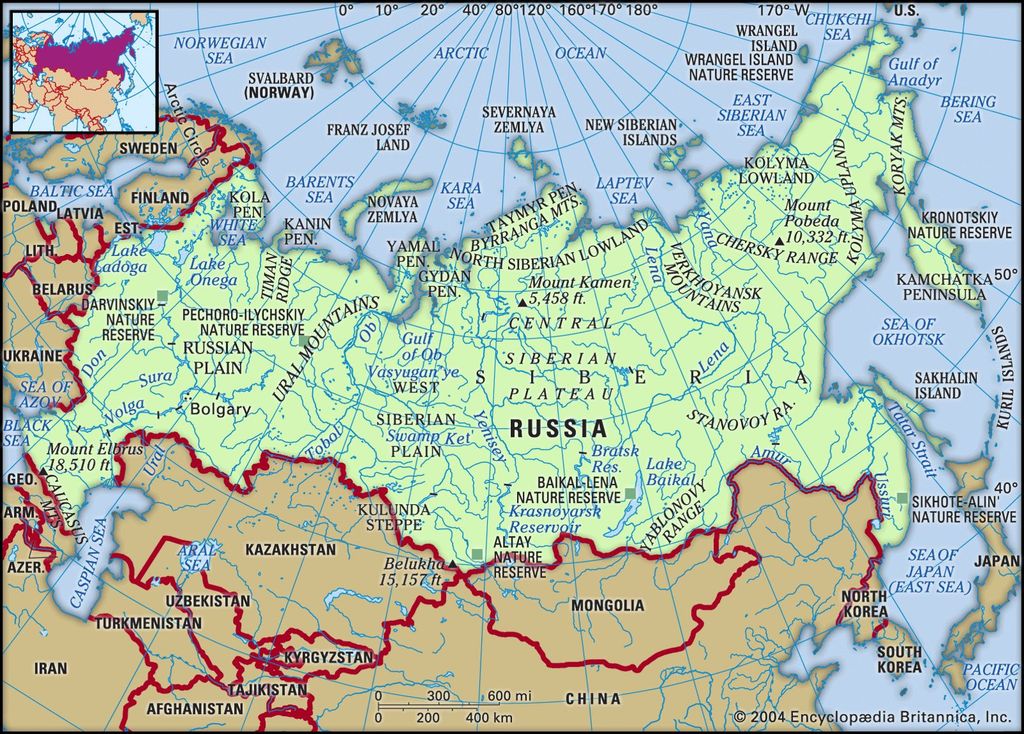
1. **Russia’s Grand Ambition: The Comprehensive Drone Strategy**
The Russian government has unveiled a comprehensive, multi-level strategy to dramatically accelerate its development and production of drones, with the explicit goal of becoming a global leader in this critical technological domain. This far-reaching approach is not merely about military capabilities but encompasses a broader vision for national technological advancement. It integrates diverse elements, from financial incentives to human capital development, signifying a holistic governmental commitment to drone supremacy.
At its core, the strategy is underpinned by substantial federal and state funding, ensuring a robust financial framework for research, development, and manufacturing. Beyond financial backing, it actively encourages and supports the proliferation of thousands of startups across the nation, fostering a dynamic and innovative ecosystem. Perhaps most remarkably, the strategy extends even to the systematic training of schoolchildren, embedding drone-related skills and knowledge at an early age to cultivate a future workforce and potentially, a new generation of innovators for the burgeoning industry. This multifaceted approach illustrates Russia’s determination to build a sustainable and self-reliant drone empire.
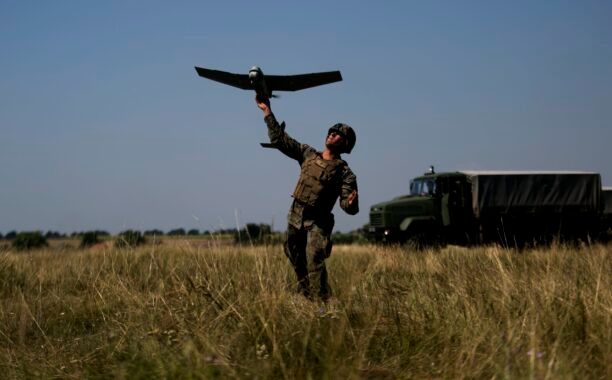
2. **The Economic Engine: Federal Funding and SME Empowerment**
Immense sums of money have been channeled into Russia’s drone sector, mirroring Ukraine’s own significant investments. Russia specifically allocated 243 billion rubles, equivalent to approximately $3 billion, for drone manufacturing during the period of 2022 to 2025. This substantial initial investment is further bolstered by an allocation of an additional 112 billion rubles, or roughly $1.38 billion, earmarked in the subsequent three-year budget. It is important to note that these figures represent funding separate from the country’s general military spending, which on its own constitutes almost one-third of the government’s total funding.
A distinctive feature of Russia’s drone strategy, especially when contrasted with its typically state-heavy arms economy, is the significant emphasis placed on supporting small and medium-sized enterprises (SMEs). According to a March report by the Russian news agency TASS, nearly 70% of the approximately 900 companies engaged in drone production are classified as small or medium-sized businesses. These smaller entities collectively employ over 7,000 individuals, a testament to the effectiveness of government support measures for the SME segment, as TASS itself observed. This decentralized involvement of numerous smaller players contributes significantly to the breadth and resilience of Russia’s drone manufacturing base.
While SMEs form a crucial backbone, larger industrial players are also integral to this expansive ecosystem. United Aircraft Corporation (UAC), a conglomerate established in 2006 by President Vladimir Putin to consolidate Russia’s primary assets in aircraft design and production, announced in June its plans to create a dedicated unmanned systems division. This new division is slated to receive funding amounting to billions of rubles. Furthermore, UAC’s director-general indicated that the corporation would actively scout for private-sector entities, offering them “the opportunity” to collaborate with a large, state-owned enterprise, a strategic move reported by the Russian business news outlet Tadviser. This dual approach, combining robust state funding with broad-based SME involvement and strategic integration of large corporations, underscores the depth of Russia’s economic commitment to its drone ambitions.
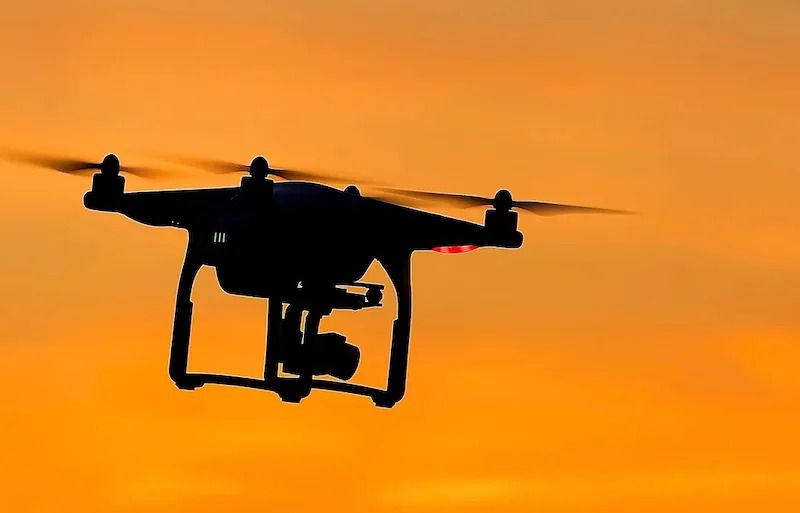
3. **Blurred Lines: The Dual-Use Nature of Russian Drone Tech**
Moscow’s declared intentions for its significant drone investments often appear benign, with officials and companies frequently touting civilian applications. These ostensibly peaceful uses include agriculture, infrastructure monitoring, and delivery services, presented as mere samplings of the vast potential of unmanned aerial systems. However, the inherent nature of drone technology itself leads to a profound blurring of the lines between civilian and military applications, a reality openly acknowledged within Russia’s strategic planning.
The very same technological capabilities that can effectively surveil extensive pipelines for civilian infrastructure purposes are equally capable of delivering warheads across a frontline in a military conflict. This inherent versatility makes supporting these “dual-use technologies” a cornerstone of the Russian government’s strategy. The civilian guise, in many instances, serves as little more than a thin veil, providing plausible deniability for the underlying military potential and applications. Anton Afanasyev, Russia’s Minister of Agriculture and Trade, was quoted by the independent Russian publication The Insider as explicitly stating, “There is no clear boundary — the technology can be used for both military and civilian purposes,” directly articulating this strategic ambiguity.
This deliberate embrace of dual-use drone development permeates the entire ecosystem, extending beyond dedicated drone manufacturing companies and reaching into the educational system itself. The systematic cultivation of technologies that serve both purposes allows Russia to leverage investments across a wider spectrum, ensuring that advancements in one domain can readily translate to the other. This strategic ambiguity is not an oversight but a fundamental design principle, enabling a flexible and adaptable drone industry capable of pivoting quickly between civilian and military objectives as national needs dictate.
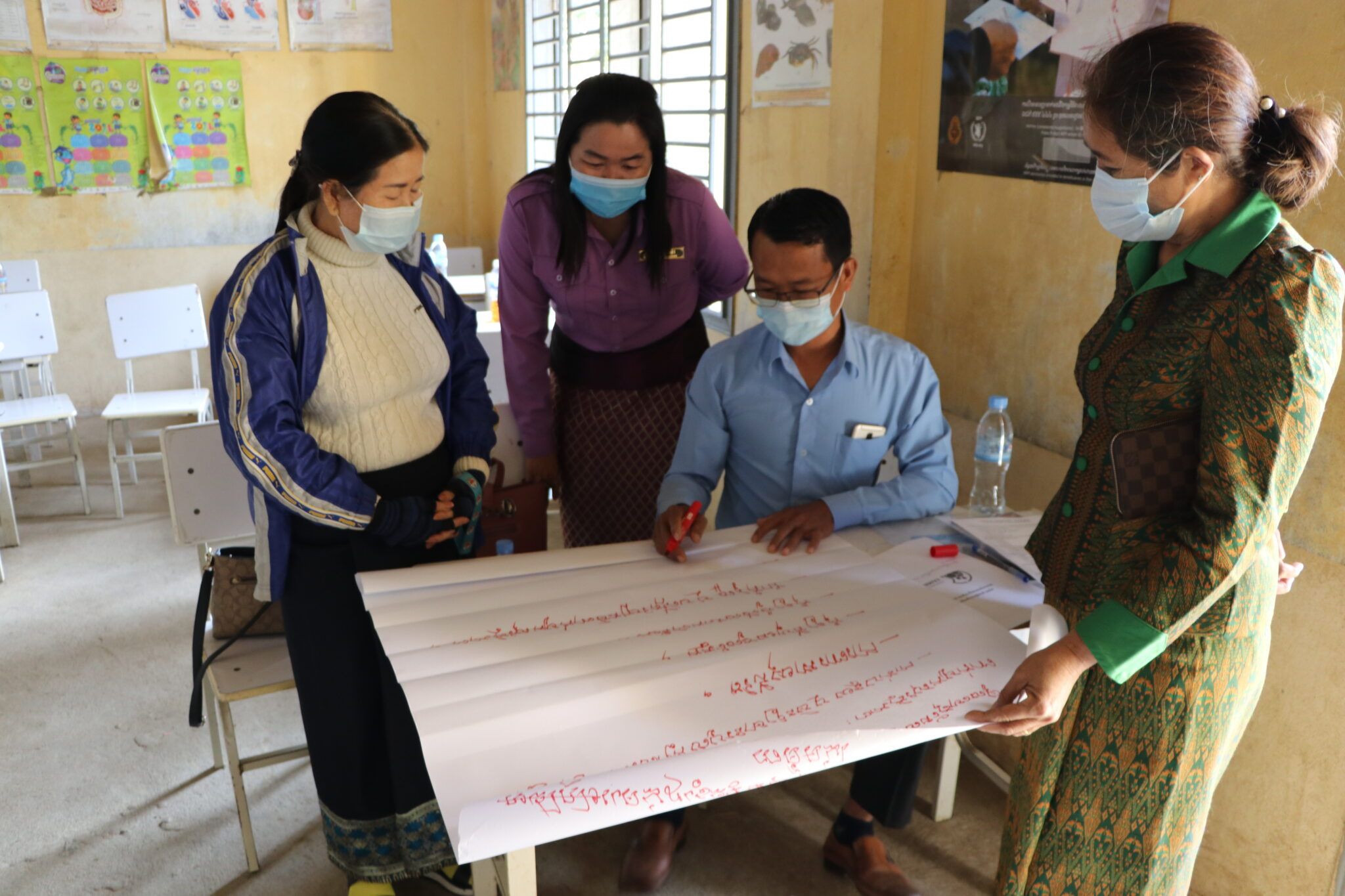
4. **From Classrooms to Conflict: The Pervasive Role of Education in Drone Development**
The deliberate dual-use nature of Russia’s drone work extends deeply into the country’s educational institutions, reflecting an official government policy. Numerous schools across Russia have incorporated curricula focused on the development, construction, and operation of drones. These educational initiatives are not ad hoc but are systematically supported by state institutions, such as the Agency for Strategic Initiatives, which actively promotes and integrates drone-related programs into the national curriculum.
Competitions in drone technology are frequently sponsored by major state-owned defense contractors, including Rosatom, Rostec, and Almaz-Antey. Such sponsorship not only provides financial backing but also strategically aligns educational pursuits with national defense objectives. Participation in these drone initiatives is often incentivized, with students sometimes receiving additional exam points or promises of enhanced career prospects in the rapidly expanding drone sector. This approach ensures a continuous pipeline of skilled personnel and enthusiastic engagement from a young age.
Disturbingly, the involvement of students sometimes goes beyond theoretical learning, directly integrating them into the practical aspects of drone development with military implications. Some students are directly involved in building or testing drones that possess military applications. A 17-year-old drone instructor named Maxim was quoted by The Insider, revealing the unspoken rule: “We were forbidden to say that it was necessary in war, and we came up with civilian applications for the developments.” He further noted, “This is a children’s program. That is, a project should always have a dual purpose … there is always such an unspoken rule at all competitions that I have come across.” At least portions of this program, specifically targeting schools, received personal approval from President Putin, underscoring the high-level endorsement of this deeply integrated strategy.
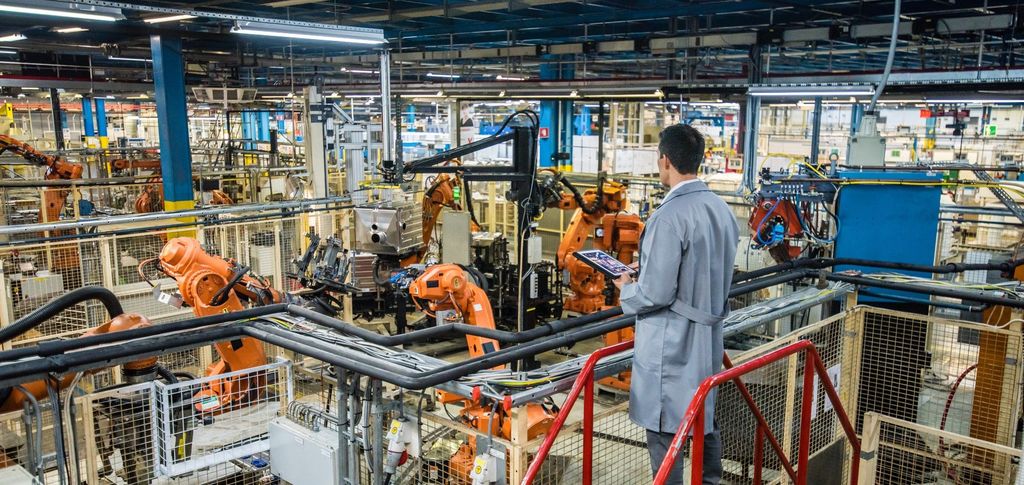
5. **Production Surge: Russia’s Rapid Rise in Drone Output**
Russia’s comprehensive drone strategy is demonstrably yielding the desired effects, as evidenced by a remarkable surge in production figures. In 2024, Russia produced 2.5 times more drones than it did in 2023, which was the first full year of the conflict in Ukraine. This significant year-over-year increase points to a rapidly scaling industrial capacity dedicated to unmanned aerial systems. The momentum has continued unabated, with Ukrainian intelligence information from May, cited by the Ukrainian news service TSN, indicating that Russian long-range drone production has increased fivefold in less than a year since the initial surge.
These escalating production rates align with the ambitious goals set by the country’s leadership. President Putin, while announcing the rising figures in 2024, articulated a clear vision: he wants Russia to emerge as one of the global technological leaders in unmanned aircraft systems by the year 2030. This stated objective serves as a powerful driver for the ongoing investments and strategic initiatives, pushing the industry towards ever-greater output and sophistication. The consistent upward trend in manufacturing, despite international sanctions and export controls, suggests a concerted and effective effort to overcome technological and supply chain challenges.
The increased availability of domestically produced drones has significant implications for the ongoing conflict and for Russia’s long-term geopolitical ambitions. It signifies a reduced reliance on foreign suppliers for critical components and platforms, enhancing national autonomy and resilience. The ability to rapidly scale production is a critical factor in modern warfare, allowing for sustained operational tempo and adaptability to battlefield demands. The reported figures suggest that Russia is well on its way to cementing its position as a major player in the global drone landscape, particularly in the realm of military applications.
6. **Strategic Depth: Decentralizing Drone Production Across Russia**
A distinctive and strategically vital aspect of the Kremlin’s drone strategy is its broad geographical dispersion. This approach, known to Kremlinologists as “strategic depth,” aims to distribute critical production and research facilities across the vast expanse of the Russian Federation. By scattering these sites, it becomes significantly more challenging for a single enemy strike to incapacitate a particular capability or disrupt the entire drone production network. This inherently makes the supply chain more resilient to external threats.
A specific line item within the federal budget for 2025 through 2027 allocates a substantial 21 billion rubles, equivalent to approximately $260 million, specifically for the establishment of eleven specialized regional centers dedicated to the research and production of UAV technologies. Many of these strategically important centers are being integrated within existing commercial infrastructures, such as established free trade zones, technology parks, or in proximity to longstanding research and industrial sites. This leverages existing infrastructure and expertise, accelerating their operational readiness.
These strategically located centers span the breadth of Russia’s diverse geography, from the St. Petersburg Technopark situated on Russia’s Baltic coast all the way to Tomsk, deep within Siberia. The wide distribution mitigates risks associated with concentrated assets and enhances the overall security of the drone manufacturing ecosystem. Despite these defensive measures, several of these newly established or expanded sites have already been identified as targets of Ukrainian drone attacks, underscoring the ongoing threat environment and the strategic importance attributed to these facilities by both sides of the conflict.
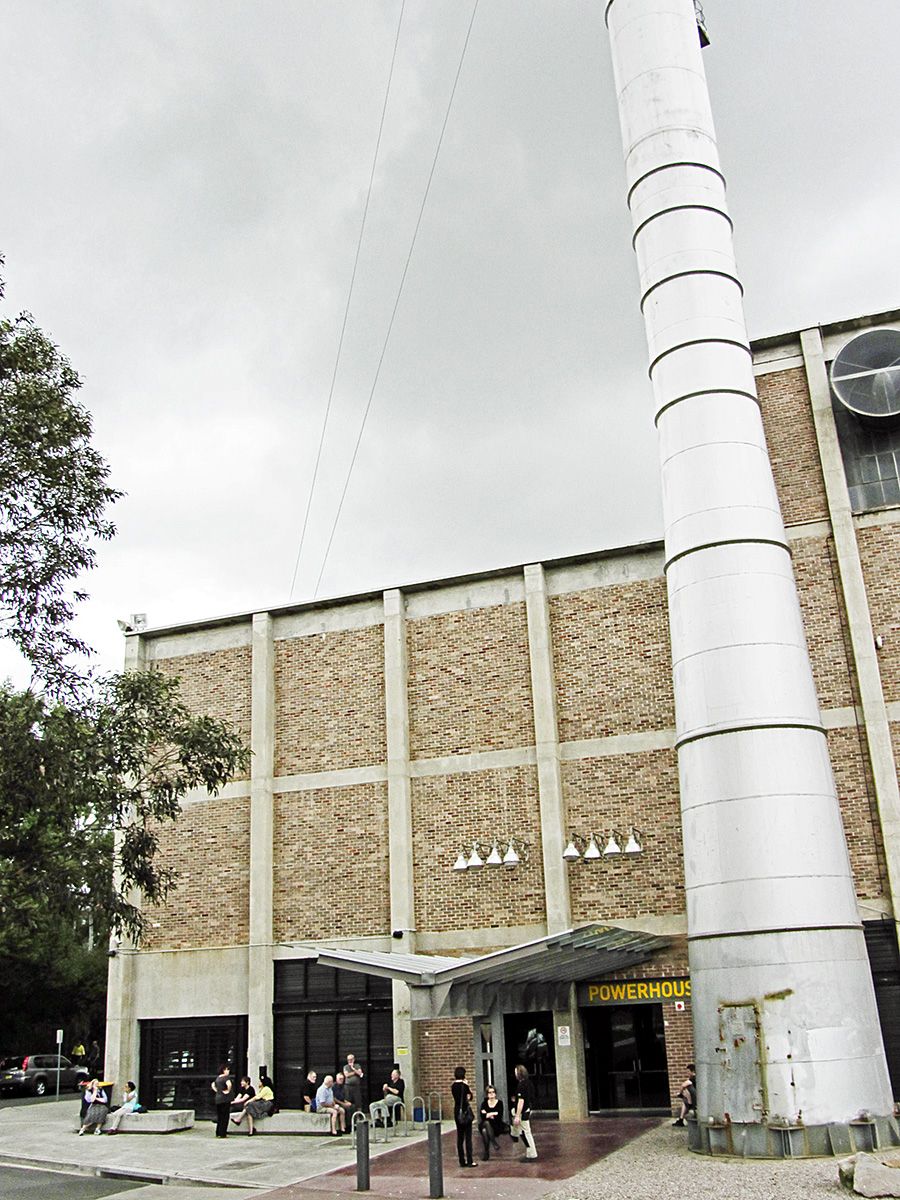
7. **The Yelabuga Powerhouse: Home to Russia’s Largest Drone Factory**
Among the eleven new specialized regional centers, the facility in Tatarstan, located in central Russia just north of Kazakhstan, has emerged as the site of what is potentially the world’s largest drone factory. This colossal plant is currently undergoing a massive expansion, as clearly indicated by recent satellite images. The scale of this development extends beyond merely adding more production facilities; the special economic zone surrounding the factory is also witnessing significant construction of housing, which analysts suggest may be designed to accommodate tens of thousands of workers. This indicates a long-term commitment to scaling up operations and establishing a vast industrial base.
This particular factory, known as the Yelabuga plant, has been officially identified as the primary site where Russia undertakes the assembly of the Geran-2, which is the domestically produced variant of Iran’s notorious Shahed-136 kamikaze drone. These specific loitering munitions, characterized by their affordability, robust construction, and substantial explosive warhead, have become a staple in Russia’s sustained aerial assaults against Ukraine. The operational intensity at Yelabuga is extraordinary; the factory, which recently completed two new 700-meter-long assembly halls, reportedly churns out these critical munitions around the clock, operating in three daily shifts to meet the demands of the conflict.
The sheer scale of production at Yelabuga highlights Russia’s determined effort to ensure a continuous and overwhelming supply of these impactful drones. The expansion, including extensive housing, signifies not just increased output but the creation of an entirely new industrial complex dedicated to drone manufacturing, signaling a long-term strategic investment in this vital military technology. The factory’s relentless output of the Geran-2, a drone that has become synonymous with the “flying mopeds” due to its distinctive sound, underscores its critical role in Russia’s military strategy in Ukraine.

8. **Corporate Deception: The Blurring Lines of Dual-Use Companies**
Beyond the large state-owned enterprises like United Aircraft Corporation, the burgeoning Russian drone industry is populated by a myriad of smaller players, some of whom operate under a veil of civilian pretenses while secretly engaging in military-related activities. A prime example is Albatross, a company that once specialized in farming technology. Its eponymous Albatross drone, initially developed for agricultural and civilian surveillance, has now been repurposed and is actively deployed for surveillance operations against Ukraine, illustrating a direct conversion of civilian-grade technology for military applications.
Another striking instance is Integrated Robotics Technologies (IRT), a Russian drone maker that publicly positions itself as a producer of agricultural and industrial drones. However, a closer look reveals a deliberate strategy of deception: the company has been secretly marketing one-way exploding drones, referring to them in Telegram channels popular with Russian users as “short life vehicles … suitable for the delivery of mines.” This stark contrast between their public facade and covert marketing highlights the systemic ambiguity embedded within Russia’s dual-use technology strategy, where military applications are often obscured by seemingly benign civilian descriptions.
Despite these overt indications of military involvement, Integrated Robotics Technologies continues to operate without being sanctioned at the time of writing. Its subsidiary in St. Petersburg, for instance, participated in a 2024 military expo, further underscoring the deep integration of such companies into Russia’s defense ecosystem, even as their bare-bones website conspicuously avoids any mention of military applications. This deliberate concealment allows a segment of the drone industry to thrive, leveraging the veneer of civilian enterprise while contributing directly to military objectives, complicating international efforts to curb their proliferation.
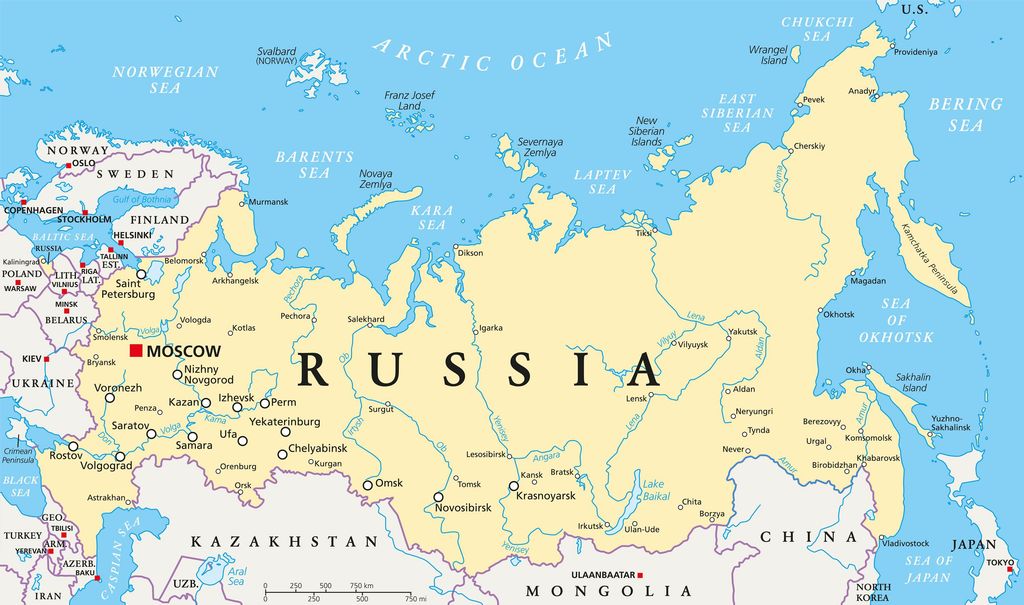
9. **The Drive for Self-Reliance: Russia’s Import Substitution Strategy**
A central tenet driving much of the activity within Russia’s high-tech and defense sectors, including drone development, is the concept of “import substitution.” This buzzword in the Russian infosphere refers to a concerted and ambitious effort to domestically produce every component of a product, thereby reducing reliance on foreign supply chains. For the drone industry, this means striving to manufacture everything from drone fuselages and motors to microchips and rotors within Russia’s own borders, a crucial strategic goal given the vulnerability exposed by Western sanctions and export controls.
Russia’s high-tech sector, in particular, has faced significant challenges due to these international restrictions. Domestic capabilities often lag considerably behind cutting-edge global technology, especially in advanced areas such as chipmaking processes, which are vital for modern drone systems. Despite these technological gaps, Moscow remains heavily dependent on foreign imports for critical drone components, with China emerging as a particularly significant supplier. While a strategic partnership agreement exists between Moscow and Beijing, this dependency nevertheless represents a major vulnerability for the Kremlin, highlighting the precarious balance in its pursuit of self-sufficiency.
The ultimate aim of this aggressive import substitution policy is to render Russia completely independent of external events and foreign suppliers, thereby eliminating key pressure points that continue to impede its economy and military production. This strategy mirrors approaches taken by other heavily sanctioned partners, such as Iran and North Korea, who have likewise sought greater autonomy in their industrial bases. However, as the experiences of these nations have shown, complete isolation from global trade can present significant limitations to broader prosperity and technological advancement, posing a complex long-term challenge for Russia’s aspirations in the drone domain.
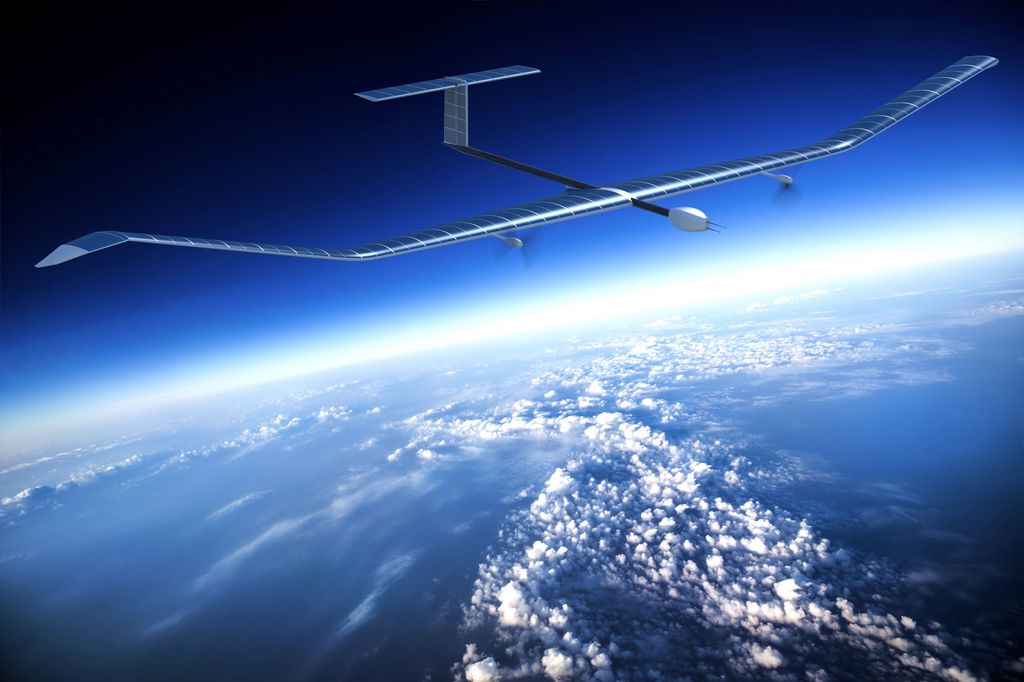
10. **Strategic Alliances: Iran’s Blueprint in Russia’s Drone Ambitions**
In its determined push to establish a formidable drone empire, Russia has forged critical strategic partnerships, with Iran playing an undeniably pivotal role. The Islamic Republic provided not only the blueprints but also the essential materials that enabled Russia to initiate and rapidly scale up its largest drone factory, located within Tatarstan’s Yelabuga special economic zone. This collaboration underscores a deep level of technical and material transfer, providing Moscow with the foundational knowledge and components necessary to jumpstart its ambitious production goals.
This direct assistance from Iran was instrumental in transforming the Yelabuga facility into the primary site for the assembly of the Geran-2, which is Russia’s domestically produced variant of Iran’s infamous Shahed-136 kamikaze drone. These affordable, robust loitering munitions, equipped with substantial explosive warheads, have since become a cornerstone of Russia’s sustained aerial assault campaigns against Ukraine. The operational intensity at Yelabuga, which reportedly churns out these critical munitions around the clock in three daily shifts, is a direct testament to the efficacy of the initial Iranian input and the subsequent Russian industrialization efforts, highlighting how critical foreign assistance can be in accelerating domestic military capabilities.

11. **The “Hermit Kingdom” Connection: North Korea’s Role in Russia’s Drone Industry**
Beyond the vital contributions from Iran, another significant, albeit more opaque, international partnership appears to be developing between Russia and North Korea within the evolving drone landscape. Ukrainian intelligence sources have hinted at a multi-faceted collaboration, suggesting that Russia is not only actively involved in bolstering North Korea’s domestic drone capabilities but also potentially receiving crucial support from the reclusive nation itself. This implies a reciprocal relationship where Russian expertise might be transferred to Pyongyang, enhancing its own unmanned systems programs.
Furthermore, Ukrainian intelligence information points to the possibility of Russia receiving cheap labor from the “hermit kingdom” for use in key facilities, specifically at the colossal Yelabuga drone factory. This potential influx of North Korean workers could address the massive labor requirements for a plant described as potentially the world’s largest drone factory, with analysts suggesting it may require housing for tens of thousands of workers. Such an arrangement, if confirmed, would provide Russia with a readily available and cost-effective workforce, accelerating production without relying on domestic labor that might be scarce or more expensive.
For cash-strapped North Korea, the incentive for such involvement is clear: exports of drones to the highest bidder are likely a key driver. This strategic quid pro quo would provide Pyongyang with much-needed foreign currency and potentially access to advanced Russian military technologies or production methodologies. It also suggests a future trajectory for some of Russia’s more successful drone makers, where an export market to willing buyers like North Korea could become a significant revenue stream, further solidifying Russia’s position as a global player in the unmanned systems domain.

12. **Fueling the Empire: Legislative Support and Tax Incentives**
The ambition behind Russia’s drone empire is not solely built on industrial capacity and international partnerships; it is also meticulously supported by a proactive legislative framework designed to foster rapid growth. Demonstrating the government’s commitment to this burgeoning sector, Russia’s Duma, the country’s rubber-stamp parliament, has enacted policies specifically aimed at boosting drone development and manufacturing. A significant measure includes the approval of a policy that entirely eliminates value-added tax (VAT) for all drones produced within the country.
This comprehensive tax exemption extends beyond domestically manufactured drones to encompass crucial imported unmanned aerial vehicle (UAV) components, such as motors. By removing VAT on these essential parts, the Russian government is effectively reducing the cost of production and procurement for drone manufacturers, thereby expanding on previous, more limited tax incentives. This financial stimulus is designed to accelerate the pace of domestic production and further facilitate the import substitution agenda, making it more economically viable for Russian companies to either source components internally or acquire necessary foreign parts for assembly.
Such legislative backing underscores the strategic importance assigned to the drone industry by the highest levels of the Russian government. It creates a highly favorable economic environment for companies operating in the sector, encouraging investment, innovation, and rapid scaling of production capabilities. This systematic removal of financial barriers is a clear signal of Moscow’s determination to establish itself as a preeminent global leader in unmanned aircraft systems, solidifying the economic underpinnings of its drone ambitions and ensuring sustained growth well into the future.
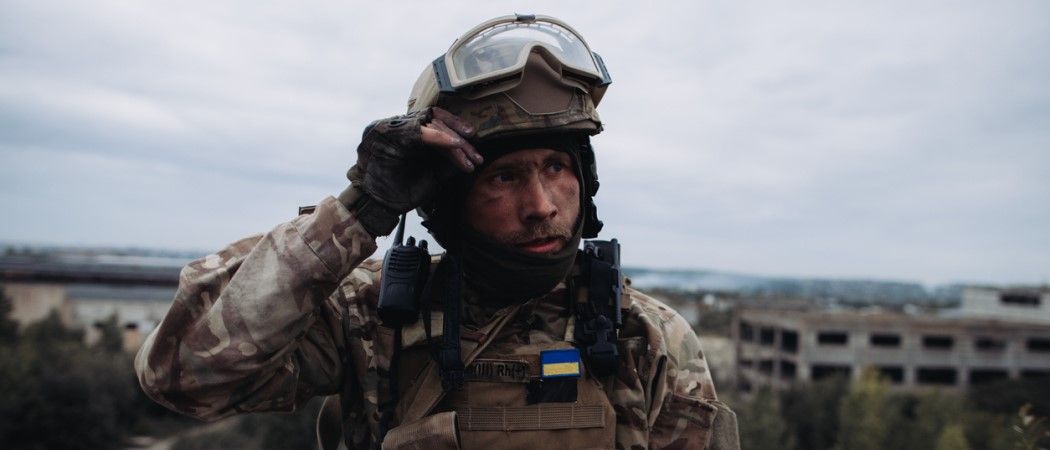
13. **The Relentless Barrage: Russia’s Drone War on Ukrainian Cities**
The culmination of Russia’s rapidly expanding drone empire is tragically evident in the daily lives of Ukrainians, who are compelled to retreat each night to bomb shelters and metro stations. This nightly ritual has become a grim necessity, necessitated by the relentless and far-reaching bombardments of Moscow’s drones and missiles, which continue unabated into the fourth year of the full-scale invasion. Indeed, this past summer has seen Ukrainians spending more time in these shelters than ever before, a testament to the escalating intensity of the aerial assault.
Through July, Russia unleashed a record 6,443 drones and missiles into Ukraine, marking the highest total of the war to date and a significant 13% increase over figures recorded in June. The Iranian-designed Shahed strike drone, enthusiastically adopted by the Russian military and rebranded as the Geran, has emerged as the principal workhorse of these nightly harassment campaigns, targeting Ukrainian cities and vital infrastructure. These “flying mopeds,” so named for their distinctive sound, have become a grim symbol of the Russian threat, inflicting terror and proving deadly, with June witnessing the highest monthly level of Ukrainian civilian casualties in over three years.
The scale and complexity of Russia’s drone and missile barrages have consistently intensified throughout the conflict. July alone saw an average of approximately 201 attack and decoy drones launched per day, alongside more than six missiles daily. While Ukraine’s interception rates are significant, a considerable number of projectiles still penetrate defenses, delivering devastating effects. Furthermore, the design of these attack drones is constantly evolving: recent Geran variants are painted black with special materials to evade radar, fly at higher altitudes, employ tortuous routes to elude Ukrainian defense teams, and some are even armed with thermobaric warheads, armored, or powered by jet engines. Disturbingly, Ukrainian defenders have also reported that the latest Gerans are incorporating artificial intelligence targeting systems, raising the specter of even more precise and autonomous attacks, and experts warn that Russian forces may soon be capable of launching an astonishing 1,000 to 2,000 drones per day.
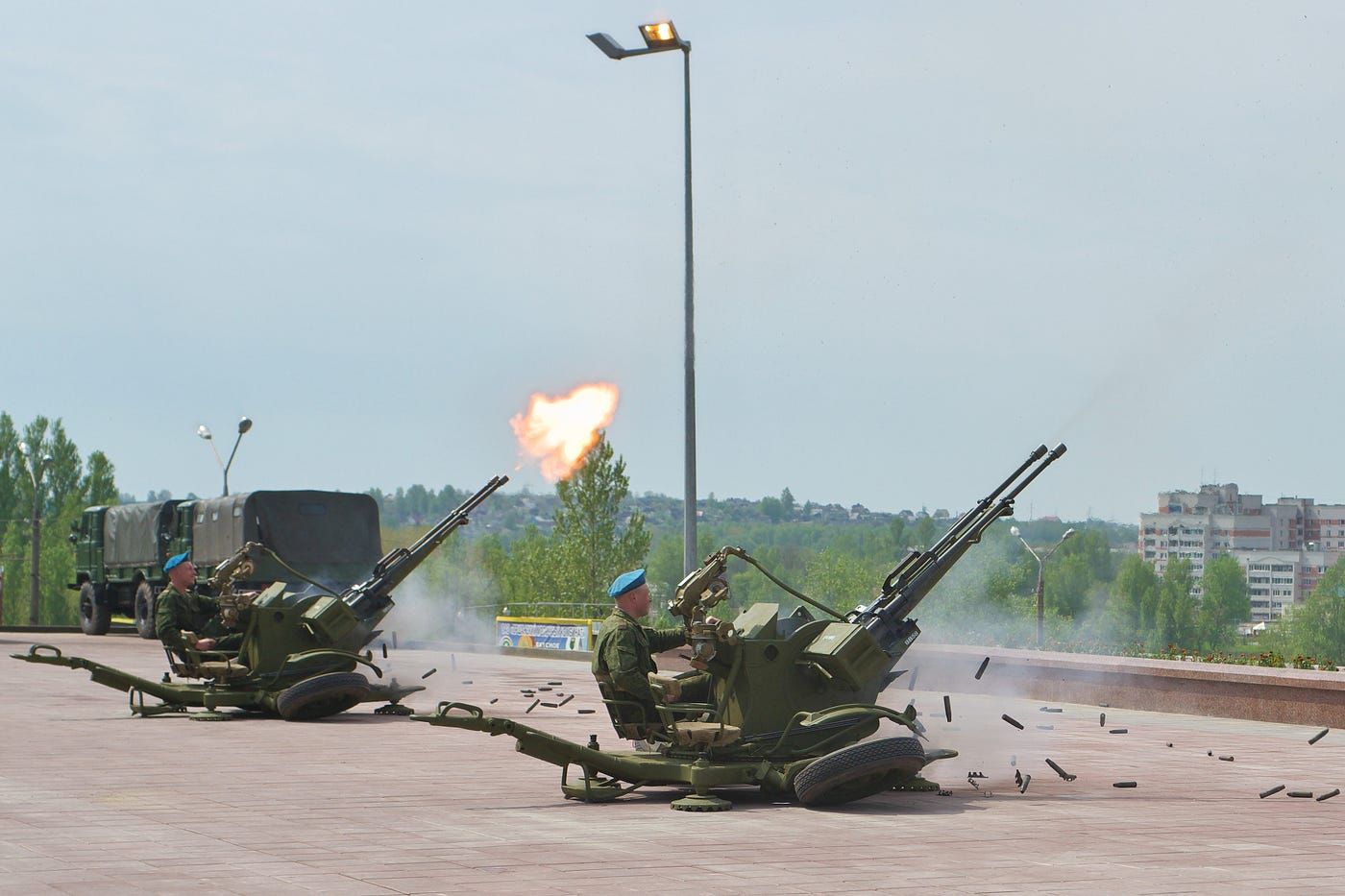
14. **Ukraine’s Audacious Strikes: Countering Russia’s Air Power**
In a stark demonstration of strategic ingenuity and resilience, Ukraine has launched its own series of audacious drone attacks, deeply penetrating Russian territory and delivering critical messages to Moscow and the wider world. One of the most significant of these operations, dubbed “Spider’s Web” by the SBU security service, represented Ukraine’s biggest long-range attack of the war, a meticulously planned covert undertaking that reportedly took a year and a half to organize. This complex operation underscored Ukraine’s growing capability to strike high-value targets far behind enemy lines, aiming to diminish Russia’s strategic air power.
The “Spider’s Web” operation targeted at least four Russian military air bases, including the Belaya base in Siberia, located a staggering 4,850 kilometers from Kyiv. In total, approximately 117 drones were employed to strike around 40 Russian warplanes, among them strategic nuclear-capable bombers like the Tu-95 and Tu-22M3, as well as critical A-50 early warning warplanes. The method of delivery was nothing short of ingenious: drones were hidden in wooden mobile cabins with remotely operated roofs, transported on trucks to locations near the airbases, and then launched at the opportune moment, often with the assistance of artificial intelligence to guide them to their targets.
This sophisticated approach, which involved smuggling FPV drones into Russia and launching them from disguised vehicles, denied Russia’s military the time to deploy mobile air defenses or engage electronic jamming, proving vital for the element of surprise. While official figures on the damage vary, assessments from experts suggest that between 10 and 13 strategic bombers were destroyed and several others damaged, a loss deemed “very significant” given that these types of aircraft are no longer in production. The attack not only bolstered Ukrainian morale but also sent a powerful message: demonstrating a “new world of opportunities for sabotage within a country,” it highlighted Russia’s vulnerability even in its deep rear, and showcased the evolving dynamics of drone warfare where ingenuity can overcome sheer numerical superiority.
The relentless pace of drone development and deployment by both sides signifies a paradigm shift in modern conflict, where unmanned systems, once considered ancillary, now stand at the forefront of strategic calculations. As Russia continues to solidify its formidable drone empire through relentless investment, innovation, and strategic partnerships, Ukraine, too, demonstrates a remarkable capacity for adaptation and counter-innovation. The aerial battleground above Ukraine and deep within Russia serves as a stark testament to the transformative power of drone technology, shaping the contours of contemporary warfare in ways previously unimagined, and demanding continuous vigilance from all who seek to understand the future of military engagement.

